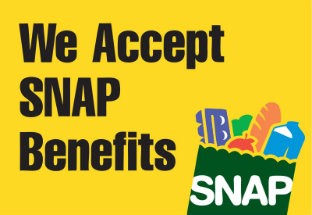Entitled to eat

On November 1, Americans eligible for the federal Supplemental Nutrition Assistance Program—also known as food stamps—saw their benefits go down. Further SNAP cuts loom: negotiations in Congress over the farm bill hinge largely on a disagreement over SNAP funding. Both chambers aim to narrow eligibility for food stamps; the question is how much.
Why is SNAP on the hook? The November 1 cut resulted from the expiration of a temporary increase, which was part of the 2009 stimulus bill. But total spending on food stamps has been going up since 2007—which alarms those who believe government spending has run amok.
This upward trend in SNAP spending was not actively caused by Congress. While some social spending is determined by legislators simply assigning a number, SNAP is an entitlement program. This means that no one who qualifies for benefits can be turned away. Congress still controls the purse, but only by way of adjusting the eligibility standards or the benefits. If more people qualify for the program and Congress does not change the rules, spending naturally goes up.




